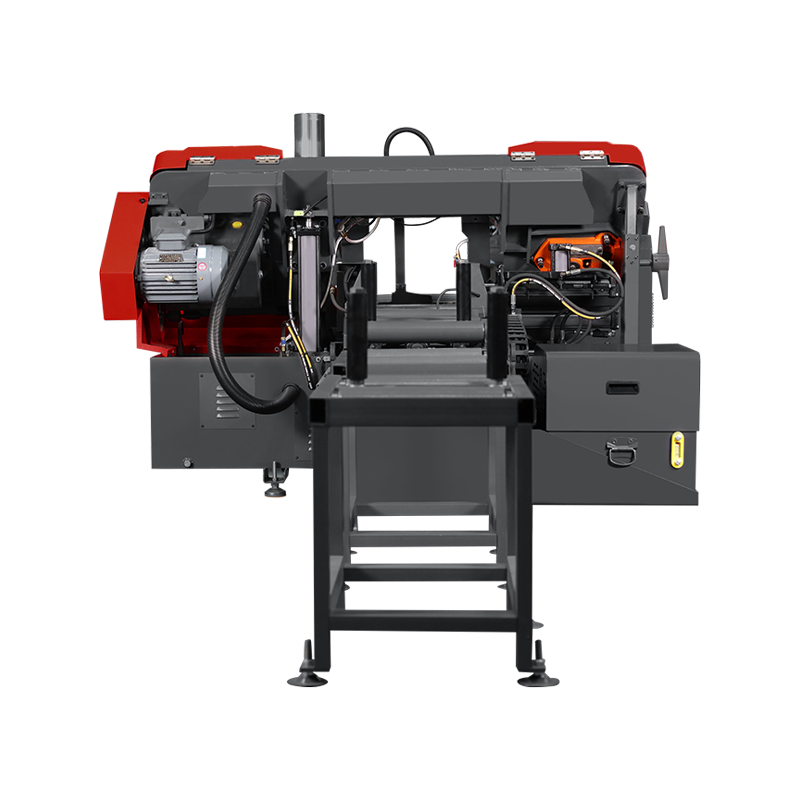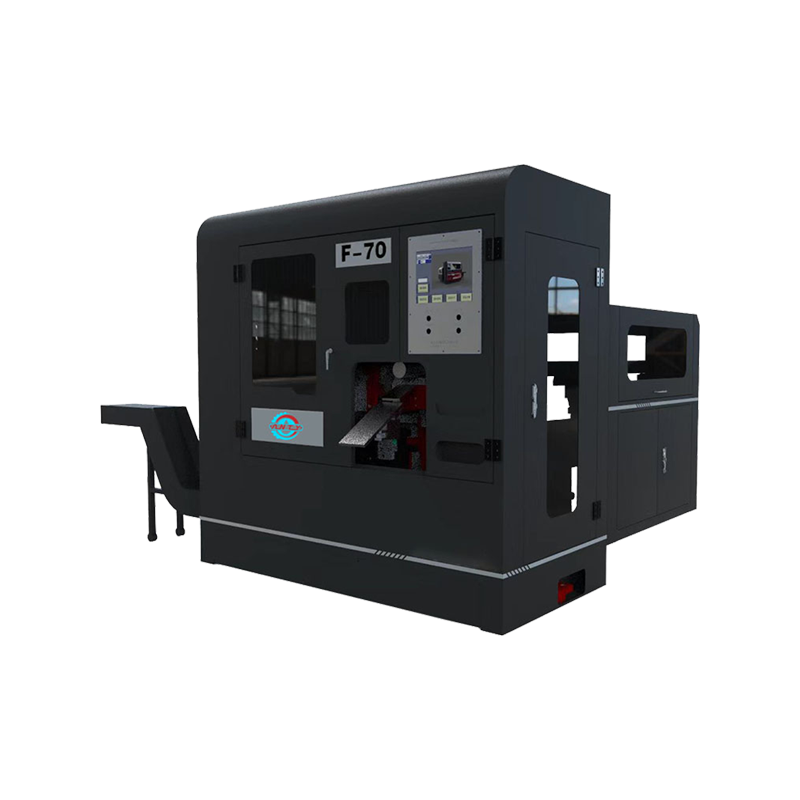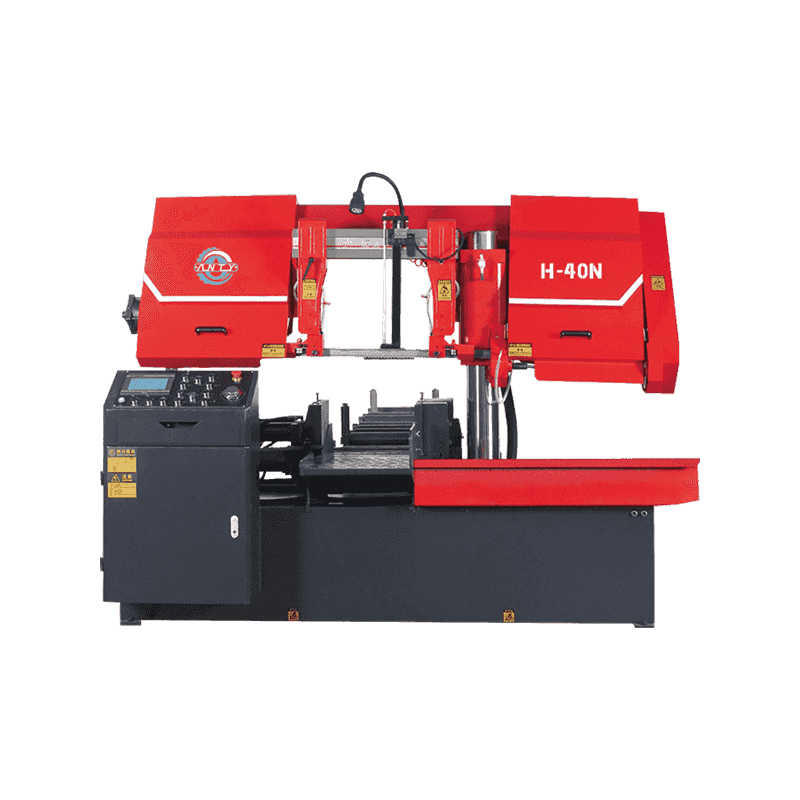Why Do Workshops Upgrade to CNC Full Automatic High Speed Circular Sawing Machine?
Discussions around equipment upgrades often arise when workshops compare a CNC full automatic high speed circular sawing machine with a metal cutting band sawing machine. Many production teams want to understand why more facilities begin introducing CNC automatic circular saws into their existing workflows, especially when they already operate traditional band sawing equipment. By examining common challenges in metal processing, users can better evaluate whether such an upgrade suits their daily operations. Automation Helps Simplify Repetitive Cutting Tasks Many workshops handle large batches of identical workpieces. Under traditional manual or semi-automatic cutting, operators must repeatedly measure, position, and feed materials. These repeated steps increase the chance of inconsistent dimensions and unplanned scrap.A CNC full automatic circular sawing machine reduces this manual involvement by allowing operators to set cutting parameters once and let the system run. Automatic feeding and positioning support stable production, particularly during long shifts. Shops that run large orders or standardized components often report that this automation helps maintain consistent lengths without requiring frequent adjustments. Cutting Accuracy Supports Dimensional Consistency Dimensional accuracy is one of the core reasons workshops consider upgrading. While a metal cutting band sawing machine can deliver steady results for many materials, circular saws with CNC control offer a more precise path and a narrower range of deviation when cutting round bars, square bars, or tubes.When the blade moves along a fixed track with uniform force, the resulting cut length becomes easier to control. This helps workshops reduce secondary trimming and re-cutting. Users processing parts requiring tight tolerance ranges—such as components for fittings, inserts, or mechanical hardware—often find that the dimensional consistency of CNC circular sawing aligns better with their production needs. High-Speed Cutting Improves Throughput for Certain Materials Circular sawing machines are designed for fast cutting cycles, especially when dealing with solid bars or harder alloys. Their cutting motion differs from band saws, allowing them to complete each cut in a shorter time. For workshops facing tight delivery schedules or high volumes, reducing individual cycle time can support smoother workflow planning.This does not mean circular sawing replaces band sawing in all applications. Band saws remain useful for large sections, structural shapes, or special profiles. However, for users focusing on repetitive straight cuts, switching to a high-speed circular saw can help them handle more pieces within the same working hours. Surface Quality Supports Downstream Processes When the cutting surface is smoother, downstream machining steps—such as turning, milling, or polishing—may require less correction. A CNC full automatic high speed circular sawing machine often delivers a cleaner finish compared with some types of band sawing operations, especially for dense materials.Workshops that supply semi-finished parts to CNC machining centers often appreciate this improved surface condition. Less material removal means shorter machining times, which can help reduce tool wear and stabilize processing schedules. Reduced Human Error Helps Maintain Uniform Output One of the overlooked sources of production deviation is human error. Even experienced operators occasionally produce inconsistent results when manually feeding material or adjusting clamping positions. Fatigue during long shifts can further influence accuracy.CNC-controlled equipment reduces the need for these repeated manual steps. The machine’s automatic clamping, measuring, and feeding functions maintain a predictable pattern. For workshops with varying operator skill levels, this feature contributes to more uniform output without relying heavily on individual expertise. Safety Features Support More Stable Daily Operation Safety devices such as protective shields, emergency stop buttons, and overload detection help create a more secure working environment. These features protect operators and also safeguard materials during unexpected conditions. When equipment stops promptly during abnormal operation, it prevents damaged cuts or unusable workpieces that would otherwise need to be discarded.Workshops that frequently rotate operators or employ new staff often value this added layer of protection. Safety-oriented control helps maintain production quality while allowing workers to operate the machine with confidence. Material Utilization Improves Through Accurate Cutting Layouts The way raw materials are consumed directly affects workshop cost control. If the cut lengths vary, leftover segments may be too short for the next order. CNC circular sawing machines support more predictable cut lengths, making it easier for operators to plan bar usage and arrange cutting lists.



 english
english Русский
Русский Español
Español Русский
Русский
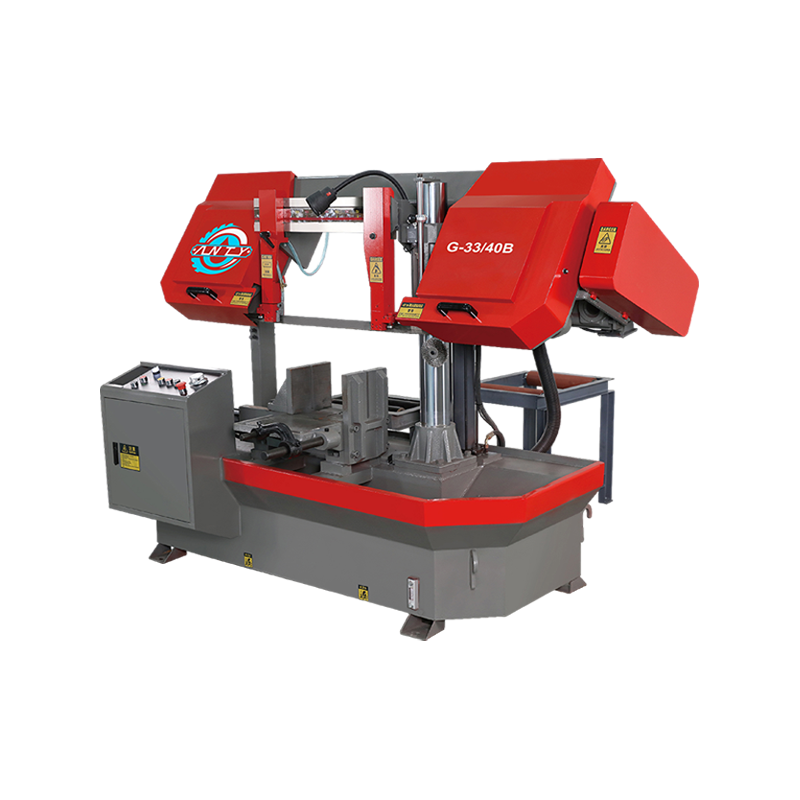
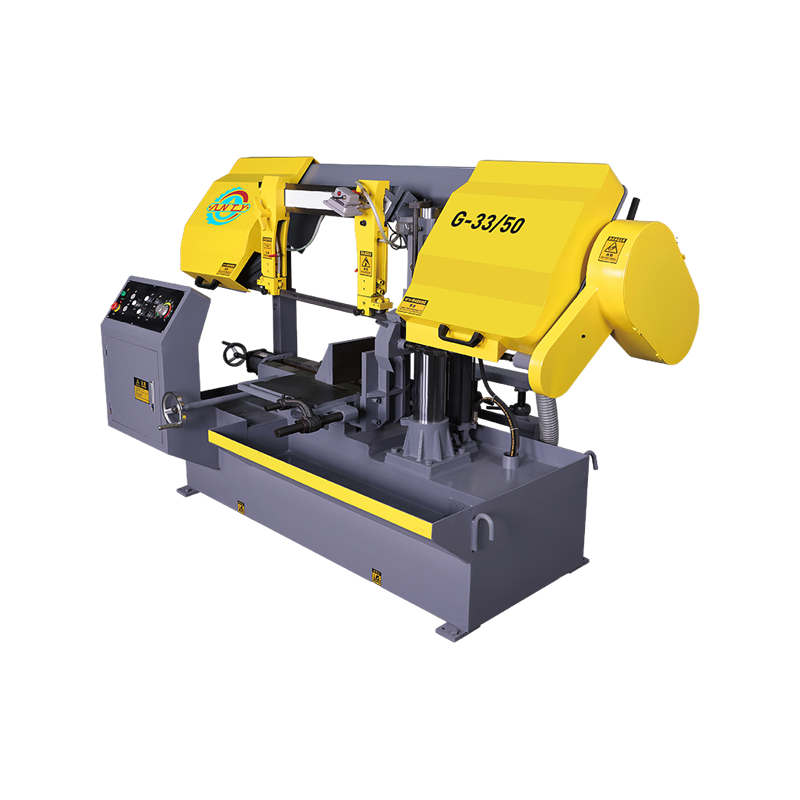
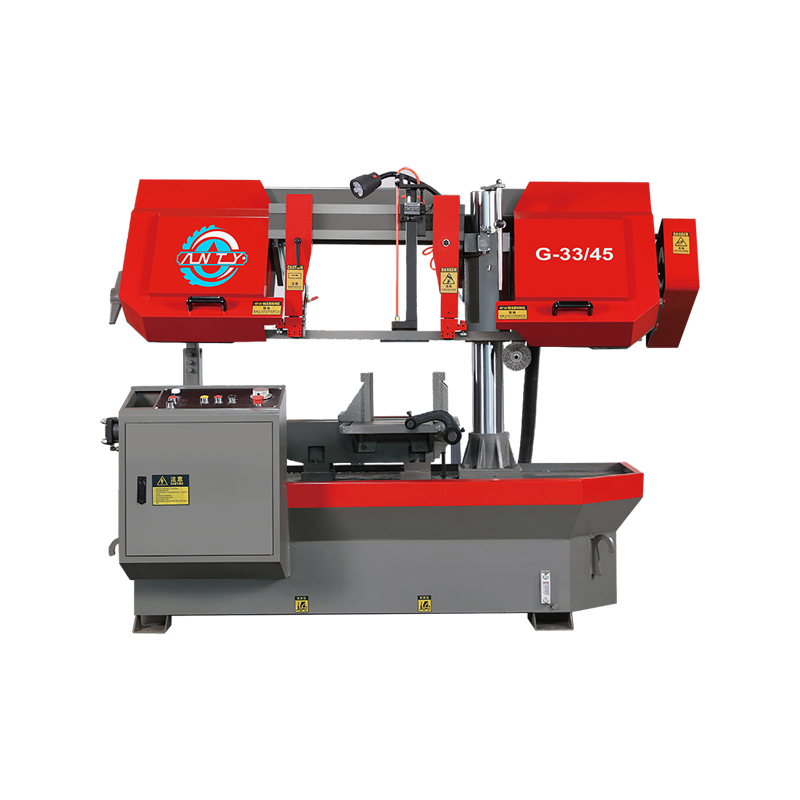
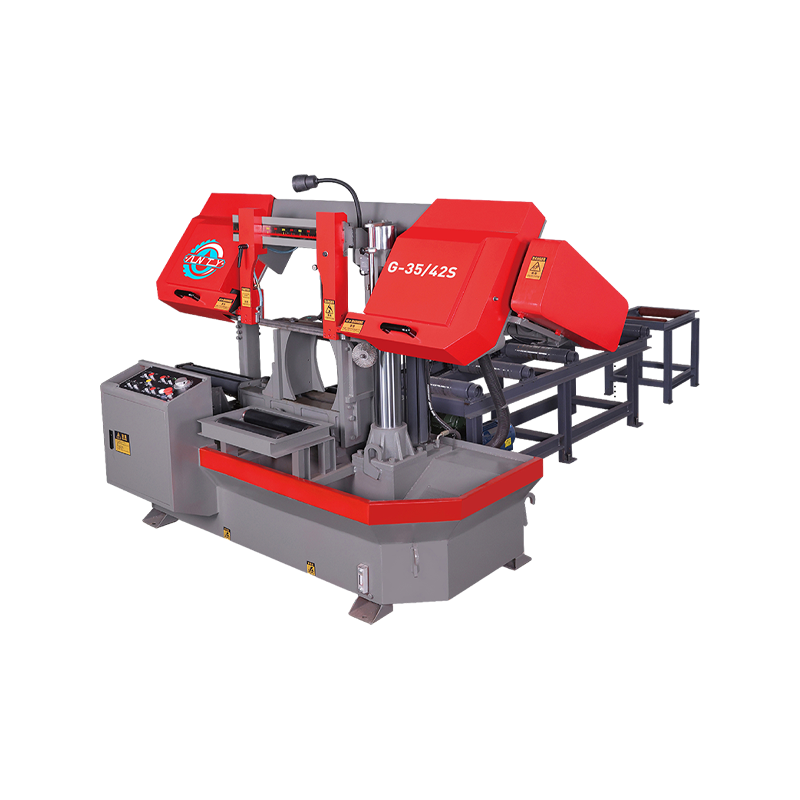
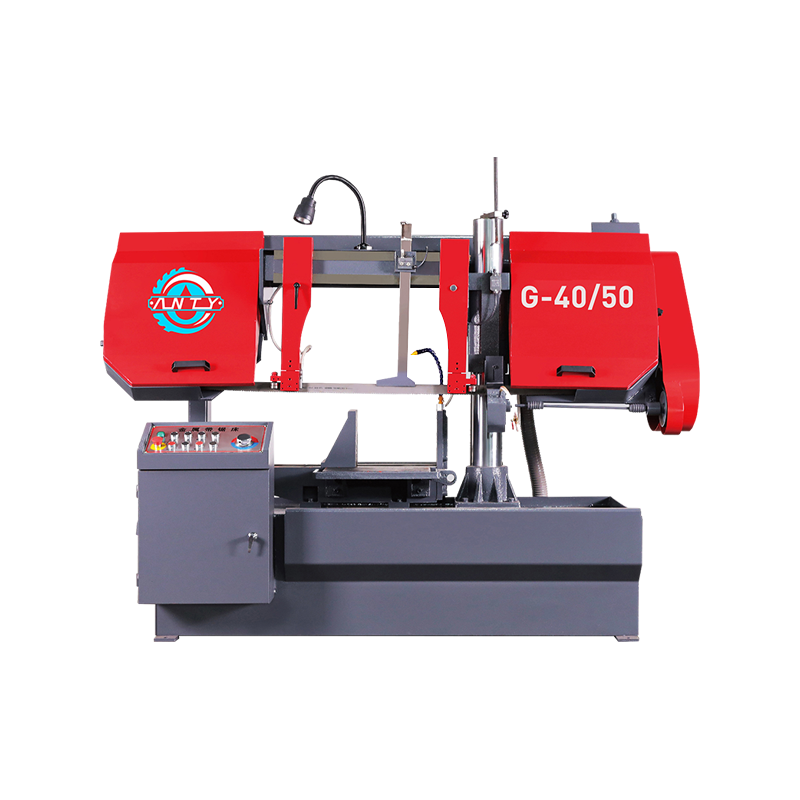
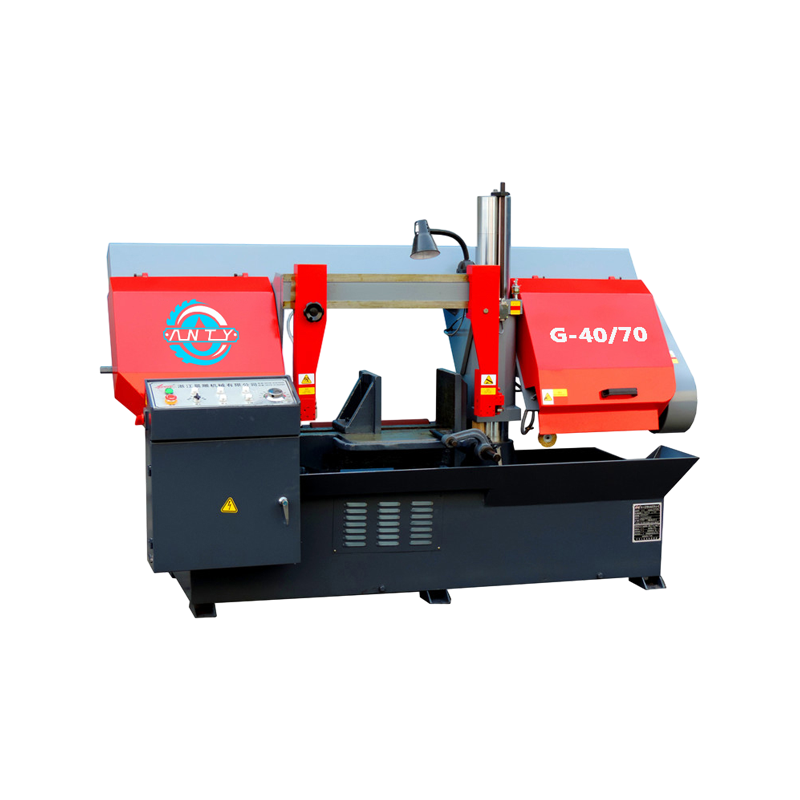
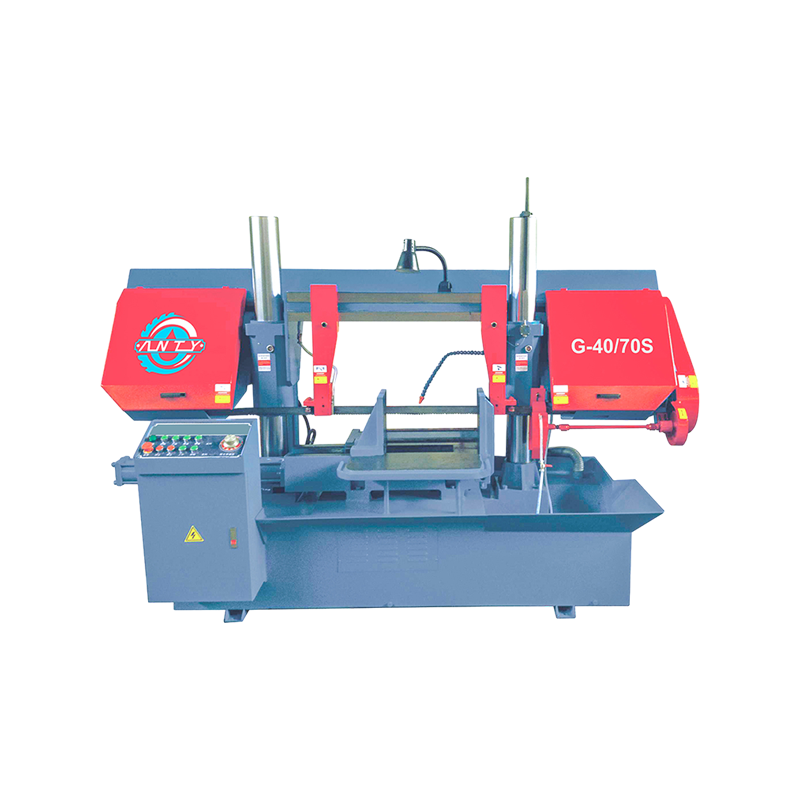

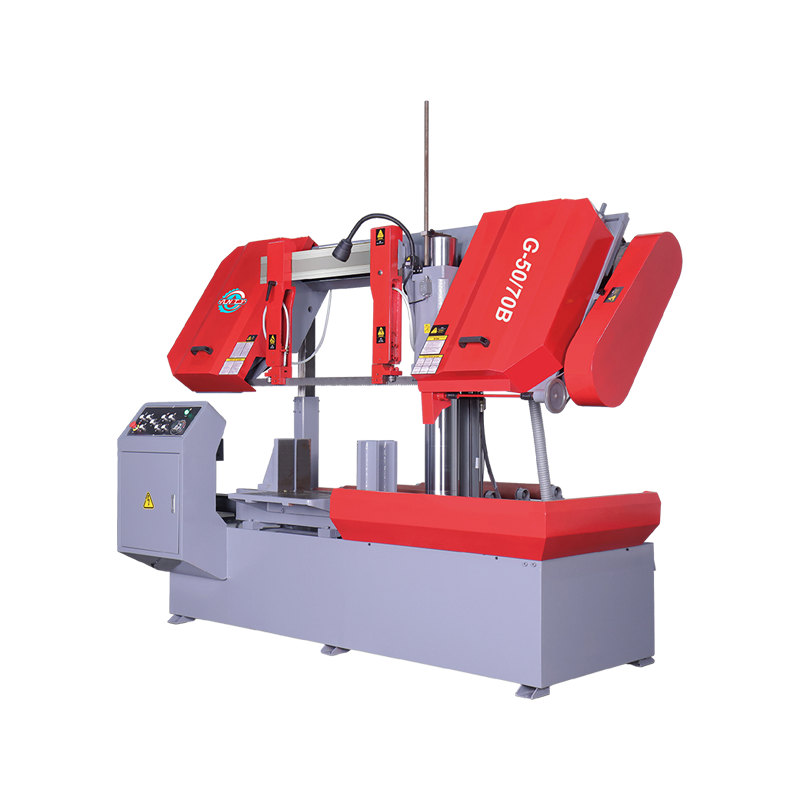
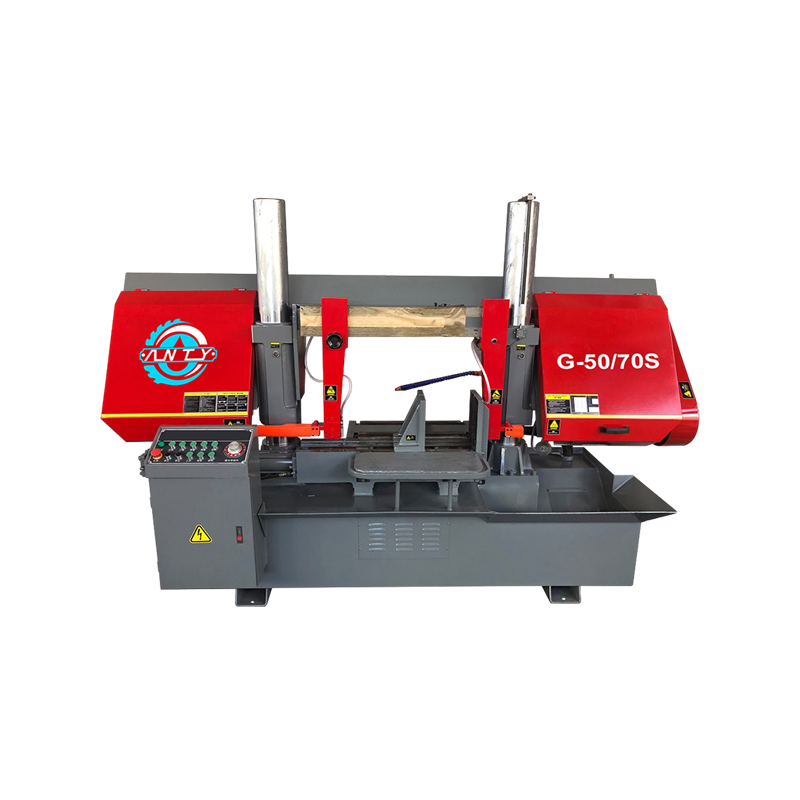

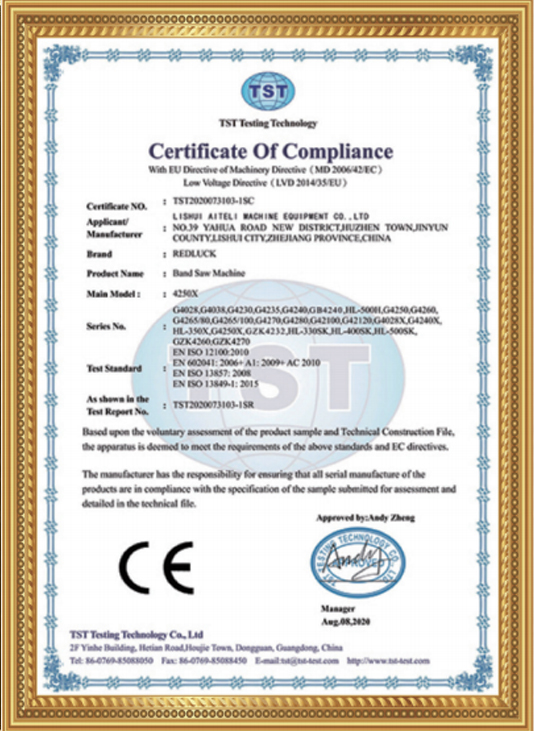

 READ MORE
READ MORE
